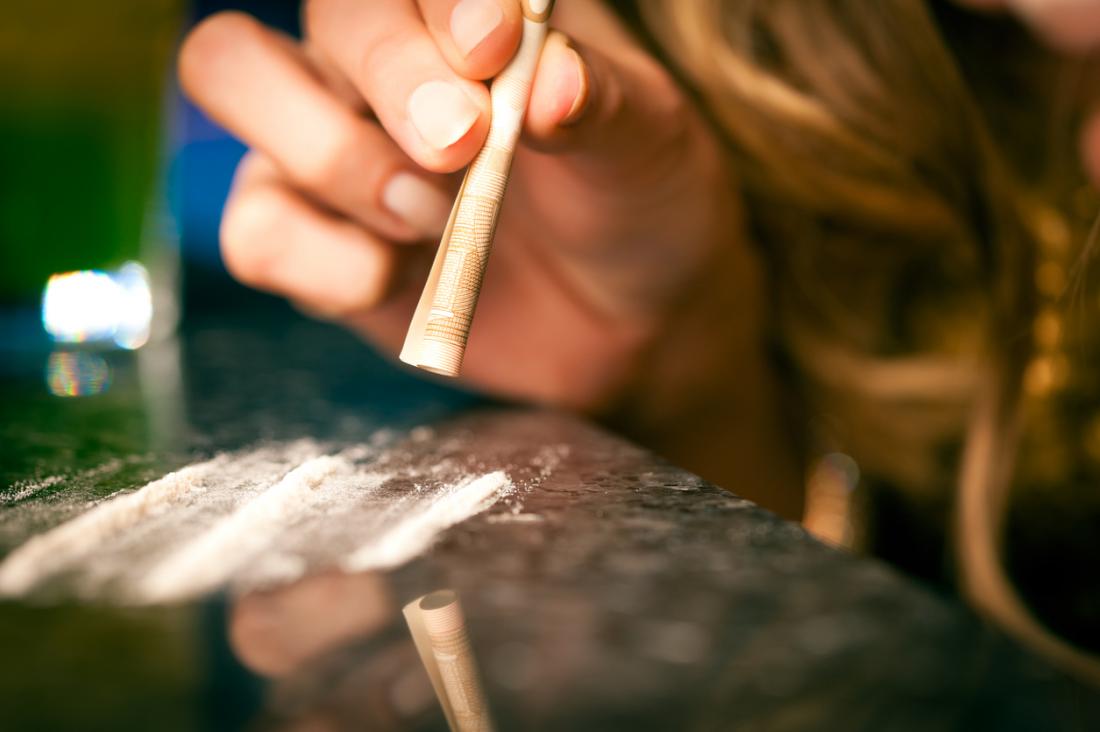Global cocaine use has surged to a record high, according to the United Nations’ latest annual World Drug Report.
The UN estimates that 22 million people used cocaine in 2021, up from 21 million people the previous year. That spike is consistent with an overall increase in cocaine use that the UN has been tracking over the past two decades. The total percentage of recent cocaine users has grown steadily from 0.32% of the global population in 2004 to 0.42% in 2021. Coke is still most popular in the Americas, the UK, and Western and Central Europe, but its popularity is now expanding throughout Africa, Asia, and Southeastern Europe.
And as the demand for coke has exploded, so has the supply. In 2021, farmers in Bolivia, Colombia, and Peru planted around 315,500 hectares – more than 1,200 square miles – of coca bush, the largest amount on record. Total cocaine production for that year topped out at around 2,304 tons, which is another record high. This boost isn’t a temporary fluke, either. The UN reports that cocaine production has increased steadily for seven consecutive years.
“The world is currently experiencing a prolonged surge in both supply and demand of cocaine, which is now being felt across the globe and is likely to spur the development of new markets beyond the traditional confines,” the UN reports. “The current global cocaine market is the outcome of a combination of demand- and supply-side factors.”
But although the overall supply of cocaine has increased, the actual quantity of product that is popping up in global drug markets has remained about the same. Global police and customs authorities seized a whopping 2,026 tons of coke in 2021, which is nearly 88% of the total that was produced that year.
“In the long term, the growth in seizures has outpaced that in production, and therefore to a certain extent contained the net supply available for consumption,” the UN explains.
Drug traffickers are devising new and unique ways to smuggle cocaine across international borders, though. The latest smuggling trend involves dissolving cocaine base into plastic or charcoal pellets. This unique process makes it nearly impossible for scanners, drug dogs, or X rays to detect the presence of cocaine. Underground chemists have even devised a way to “lock” the coke into the carrier material so that no one can extract the drug without knowing exactly what chemical to use.
“The criminal actors involved, including both groups at source and those orchestrating trafficking to destination markets, have diversified in line with the dynamics of competition, specialization and collaboration, ultimately leading to more efficient supply chains, in particular to Western and Central Europe, a region which in recent years afforded space for growth and strong incentives for traffickers,” the report states.
Illicit drug dealers further maximize their profits by cutting pure cocaine with inert materials or other drugs. One recent report by an Australian drug lab found that about 40% of the coke it analyzed was completely fake. Instead of pure coca leaf extract, researchers found that this supposed coke actually contained cutting agents, talc, and even just plain sugar.











